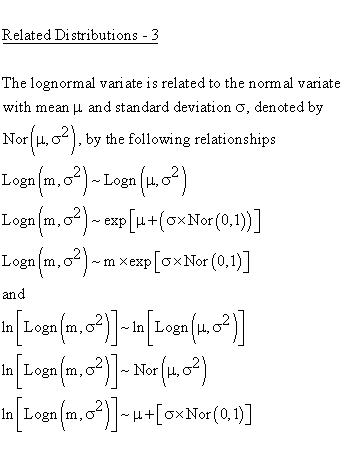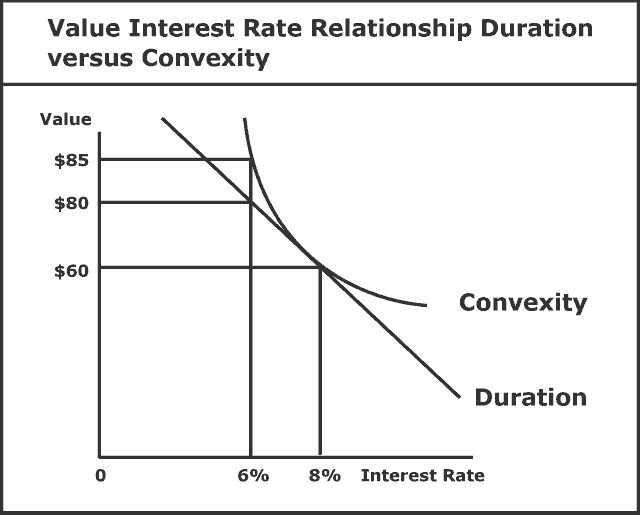- Giỏ hàng trống.
- Continue Shopping
An oligopoly in the making in the telecom sector
Contents
This practice helps in retaining the same earlier share of the market but at lower profits. In oligopolistic industries the process is generally a blend of monopolistic and competitive tendencies. Oligopolies can be followed in several industries such as steel, aluminum and automobile industries. Automobiles, cement, steel, aluminium etc. are examples of oligopolistic markets in India.
Prices rather than the market because they offer comparable products or services. It is carried through cooperation by raising the prices and reducing the output or options for the consumers. Instilling a sense of rivalry encourages existing brands to improve product quality and originality. Monopolistic competition- There are still a large number of buyers as well as sellers. But the products are similar but all sellers sell slightly differentiated products. Then there is Asian Paints in the paint segment with 40 per cent market share.

As a result, each firm gains a sizable market share while incurring minimal potential profits. The paper also hints that regulation and campaign spending are responsible for an increase in mark-up of 1-2 per cent. Mark-ups measure the extent price exceeds the marginal cost, and an increased mark-up suggests a firm has a better ability to raise and maintain price above the level that would prevail under competition. Between January 2003 and May 2022, the bellwether BSE Sensex grew at a compounded annual growth rate of 16.3%. During the same period, leaders UltraTech, ACC and Ambuja all delivered a CAGR above 17%, with Ambuja leading at 19.1%. Further, while they have experienced a post-pandemic spike in returns, over a longer period of time, the returns delivered by them have been steady.
Theoretically one can consider perfect competitive market as the ideal market where two pivot assumptions i) large numbers of seller and ii) independently acting seller prevailed. With the help of these two assumptions there is no possibility of discrepancy among price and marginal receipts to attain profit maximization. But, the markets of the real world differ mostly in the number of firms and their relative size.
Computer technology industry
She even goes on to say that if the government wants to favour national champions, it is a political decision, and the regulator cannot do much about it. Jio currently has a 35 per cent market share , followed by Bharti Airtel (28.7 per cent) and Vodafone Idea (25.5 per cent). Jio is also the leader in broadband with a 55.6 per cent share, followed by Airtel at 23 per cent. An Oligopoly market structure is one where competition exists among a few sellers and where the behaviour of every seller influences and impacts the other seller and the other seller too is influenced. When all the firms work together to fix output, sale, prices, etcThe Market is called Organised Oligopoly Market.
- However, there has been a secular increase in cement prices since 2019, with prices at a consistently higher level.
- Oligopoly is a type of market where there are a few sellers producing either a homogenous or differentiated product.
- Thus, this sector serves a perfect example for a closed oligopolistic market.
- Theoretically one can consider perfect competitive market as the ideal market where two pivot assumptions i) large numbers of seller and ii) independently acting seller prevailed.
- The firms collaborate with each other and control the product output and Market price for the product.
Market prioritize non-price competition and less innovation while ensuring their brands are easily identified. They believe in retaining customers for core competencies rather than lowering prices to increase profits and market share. Despite having the same market share, oligopolists are influenced by each other’s decisions, such as price cuts and increases, due to the smaller number of firms.
Nature of the Market:
It is one in which a small group or individual firm controls the sale of products. Control over specialized inputs like resources, price, and production makes it difficult for a new firm to survive. Furthermore, there is fierce competition because each firm produces a significant portion of the total output. Price collusion occurs, which enables to put different barriers to entry. These barriers for new entrants can be in the form of legal regulations, high capital requirements, high research and development cost, customer loyalty, etc. Exists when the top five firms in the market account for more than 60% of total market sales.
Collusive oligopoly is basically a cooperative market strategy. It occurs when few firms collaborate to an understanding in reference to the price and results of the products. Oligopoly is a type of market where there are a few sellers producing either a homogenous or differentiated product. In India, we have various examples of this type of competition.
Airtel, Vi, Jio in the telecom market, HPCL, BPCL and IOCL in the oil market, Hyundai, Toyota, Maruti, Kia, Tata, Mahindra, Ford in the automobile market. When the firms are in cooperation with each in setting up prices or output of the products, it is known as a collusive oligopoly. The profits maximization of an oligopoly market is governed by the Kinked demand curve.
But whether they tilt the balance in the market in their favour only time will tell. Mukherjea of Marcellus Investment Manager says such companies are the source of investment, innovation and wealth creation. “Monopolists , through intelligence and hard work, have built very high barriers for entry, which allow them to earn a return on capital of, say around, per cent – three times the cost of capital.

Interestingly, the Oligopoly Market demand is marked by kinked demand curves. Therefore, oligopolists maximize profits by balancing marginal revenue with the marginal cost of the concerned product. When a firm takes a big hold of the Market and starts controlling the prices, the other Vendors have to comply accordingly. The products are differentiated in this type of Oligopoly Market, for example, the Talcum Powder Industry.
Fixing of products price:
Steel, cement or aluminium industries could be examples of it. Other examples of Oligopoly can be fixed broadband services or Fuel retailing. The steel, aluminium or cement market are the best examples of an Oligopoly market in India. Homogeneous products are similar in quality but differ on other attributes such as style, price of the product or brand image.

The company along with Bharti airtel and tata tele services filed a review petition in the supreme court for the miscalculation of AGR dues anticipating a relief measure for the same. However, the court rejected their plea leading to the plunging of the share prices of the telecom companies. Instead, their focus is on earning customers or increasing their sales through different oligopoly examples in india strategies such as differentiated products, offering discounts or rewards to customers, using various promotion schemes, acting as sponsors, and so on. They do it strategically to avoid losing customers in a possible price war. Oligopoly, by definition is a market where a few sellers producing the product. Under oligopoly, there is intense interdependence among the firms.
From the various statements of Mr.Birla it is crystal clear that he wants to avoid risk, guard his other ventures from the “vi nemesis” and is all set to exit from the company without any fresh aspiration for revival of the company. The ramifications of the fall in the share prices of vi were quite awful as to the expectations of the shareholders. The foreign investors started to retract their investments from the company thereby resulting into the decline of foreign institutional investors. After witnessing the plunging of the situation of the company the domestic institutional investors retracted their investments.
Restrictions on entry of new firms or Barriers to Entry
Each one is capturing a significant share of the auto market. Here you can find the meaning of Example of Oligopoly other than Indian Railways!? Besides giving the explanation of Example of Oligopoly other than Indian https://1investing.in/ Railways!? Has been provided alongside types of Example of Oligopoly other than Indian Railways!? Theory, EduRev gives you an ample number of questions to practice Example of Oligopoly other than Indian Railways!?
In India this segment has consist 56.92 per cent of total commercial vehicles production volumes . In this segment too Tata Motors shows their muscles in total market share and maintain their first position over the years. The question arises why Tata Motors dominate in the light commercial vehicle? The answer is that Tata Motors serve the all latest facilities in their LCVs like launched rigid as well as tippers in their light trucks. Thus, Tata Motors caters the demand of users as per their requirement, leads increase in their share in LCVs market.
There are only a few firms that control the entire sales and process of the market. In other words, the large number of firms is quite small in an oligopolistic market. An oligopolistic market is a factor driven market and has interdependence on various factors. Thus, the selling price of the products in this market is quite unstable and varies at different instances. In this strategy there exists an industry as the price leader. The situation when a particular firm or industry is more powerful in the market as compared to other industries.
